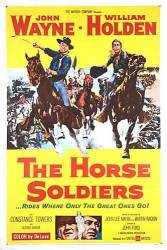
Factual error: Towards the end when the cavalry uncovers the American flag, it has 50 stars.
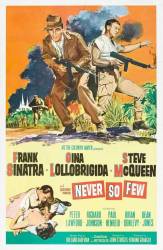
Plot hole: When the Allies blow up the airfield they pour gunfire from the backs of the trucks into the tents where the Japanese soldiers are eating. If you watch carefully you will see that the Allied guys in the truck nearest the screen are pouring lead through their comrades in the other truck. Another classic case of 'friendly fire'.
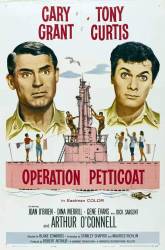
Revealing mistake: During the opening credits, as a crab descends past the periscope, the string attached to the crab is visible.
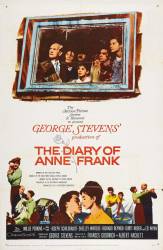
Factual error: Anne Frank received her diary on her birthday, and started writing on it 1 month before she went into hiding. In the movie however, she is presented with the diary on the first she arrives at the hiding place.
Suggested correction: Since this movie is based on actual events and not considered a documentary, then the film-makers are allowed to change things to their liking.
While I feel like this sort-of correction could apply to certain elements of movies based on true stories like dramatized scenes (since there has to be some condensation of time and some elements boosted for drama, which can be chalked up to filmmakers changing things), I think a film based on a true story contradicting a known hard fact like this should 100% count as a mistake. Otherwise, you could just as easily argue that any factual error in any film is invalid because the filmmakers are "allowed to change it."
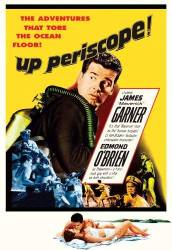
Factual error: The movie takes place "somewhere in the South Pacific, 1942", yet the transport plane taking LTJG Braden to Hawaii has post-war markings.
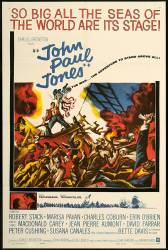
Factual error: It appeared that, during the engagement with the Serapis, every hit by either ship's guns resulted in an explosion and fire. Unfortunately, explosive shells wouldn't be used on shipboard (aside from bomb vessels) until the next century.